User Instructions to set up 2-step verification for Office 365
To enhance security we will be adding 2-step verification (also called multi-factor authentication or MFA) to our email system. You will have to set up your account to use it.
By setting up 2-step verification, you add an extra layer of security to your Office 365 account. You sign in with your password (step 1) and a code sent to your phone (step 2).
- Sign in to Office 365 with your work or school account with your password like you normally do. After you choose Sign in, you’ll see this page:
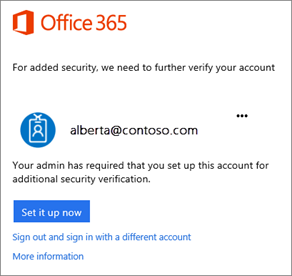
- Choose Set it up now.
- Select your authentication method and then follow the prompts on the page. Or, watch the video to learn more.
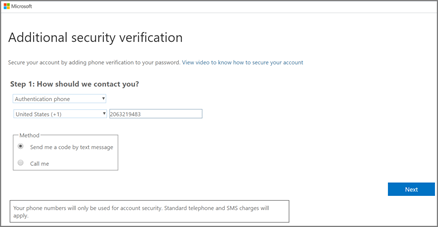
- Once you complete the instructions to specify how you want to receive your verification code (We suggest Authentication phone and Send me a code by text message), the next time you sign in to Office 365, you’ll be prompted to enter the code that is sent to you by text message, phone call, etc. To have a new code sent to you, press F5.
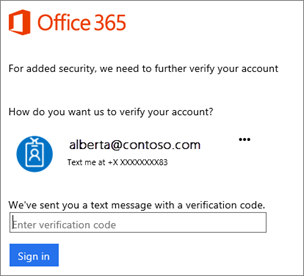
-
You’ll get an app password that you can use with Outlook, Apple Mail, your Android or Iphone, etc. Choose the copy icon to copy the password to your clipboard. You won’t need to memorize this password but be sure to capture it (take a picture or write it down) because you will not have the opportunity to see it again.
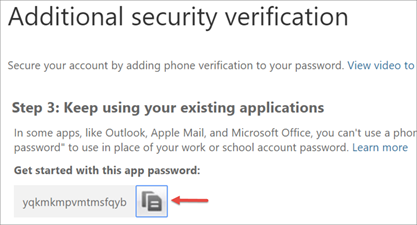
Next steps
If you’re using other apps like Outlook on your desktop, you’ll need to to use this app password or you can create a new app password so they can connect to your Office 365 account.


 > Office 365.
> Office 365.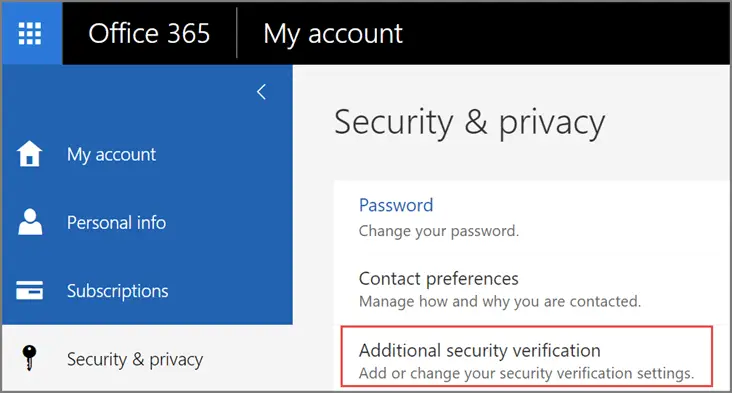
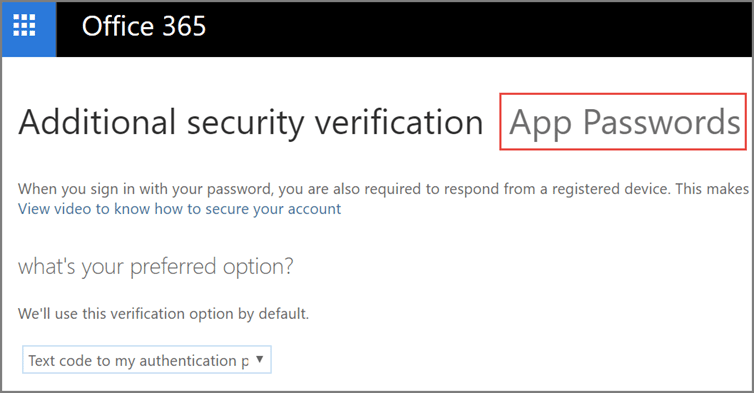
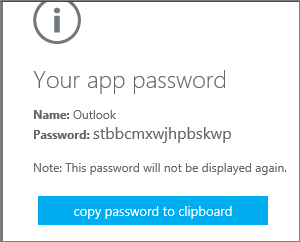
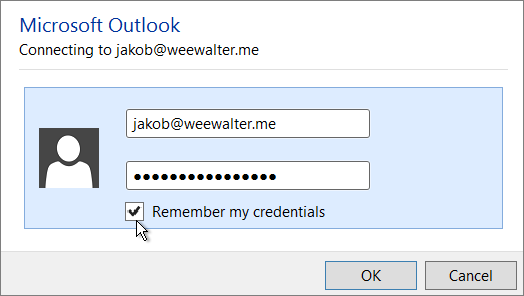
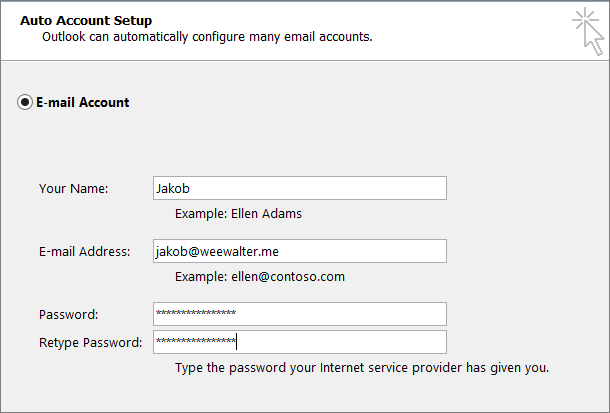
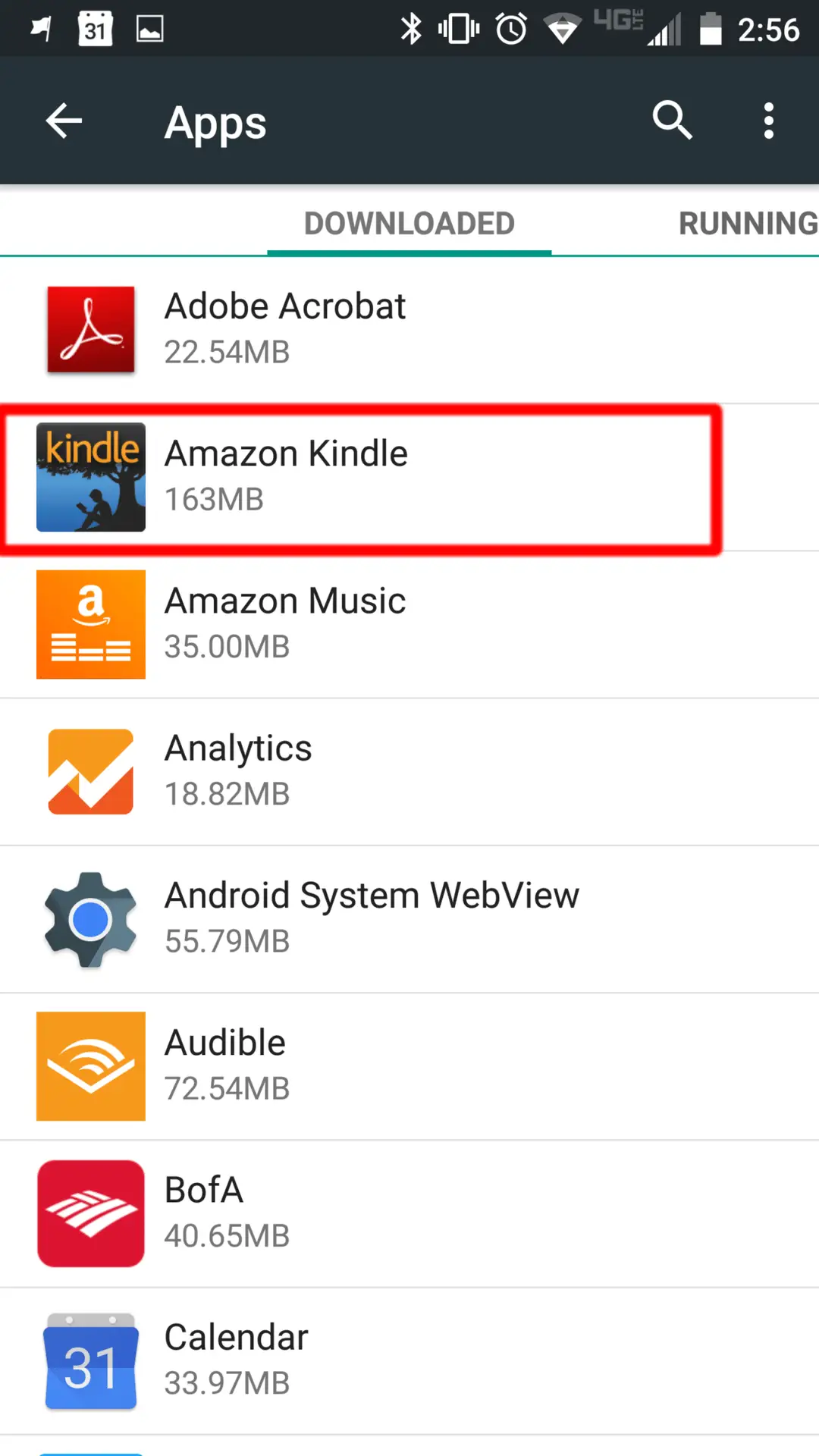
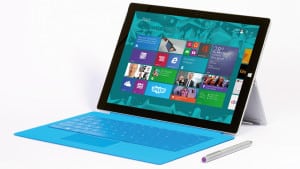 Microsoft has initiated a voluntary recall for AC power cords (the cord that plugs into an electrical outlet) sold with the Microsoft Surface Pro and Microsoft Surface Pro 2, and with any Microsoft Surface Pro 3 purchased prior to March 15, 2015 (“pre-March 15, 2015 Surface Pro 3”). This is being done in cooperation with various government regulatory agencies.
Microsoft has initiated a voluntary recall for AC power cords (the cord that plugs into an electrical outlet) sold with the Microsoft Surface Pro and Microsoft Surface Pro 2, and with any Microsoft Surface Pro 3 purchased prior to March 15, 2015 (“pre-March 15, 2015 Surface Pro 3”). This is being done in cooperation with various government regulatory agencies.